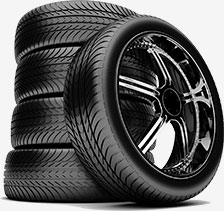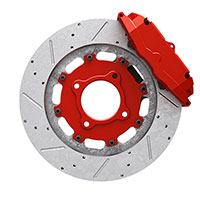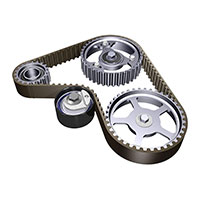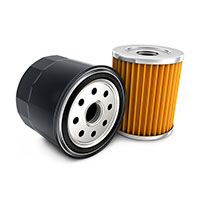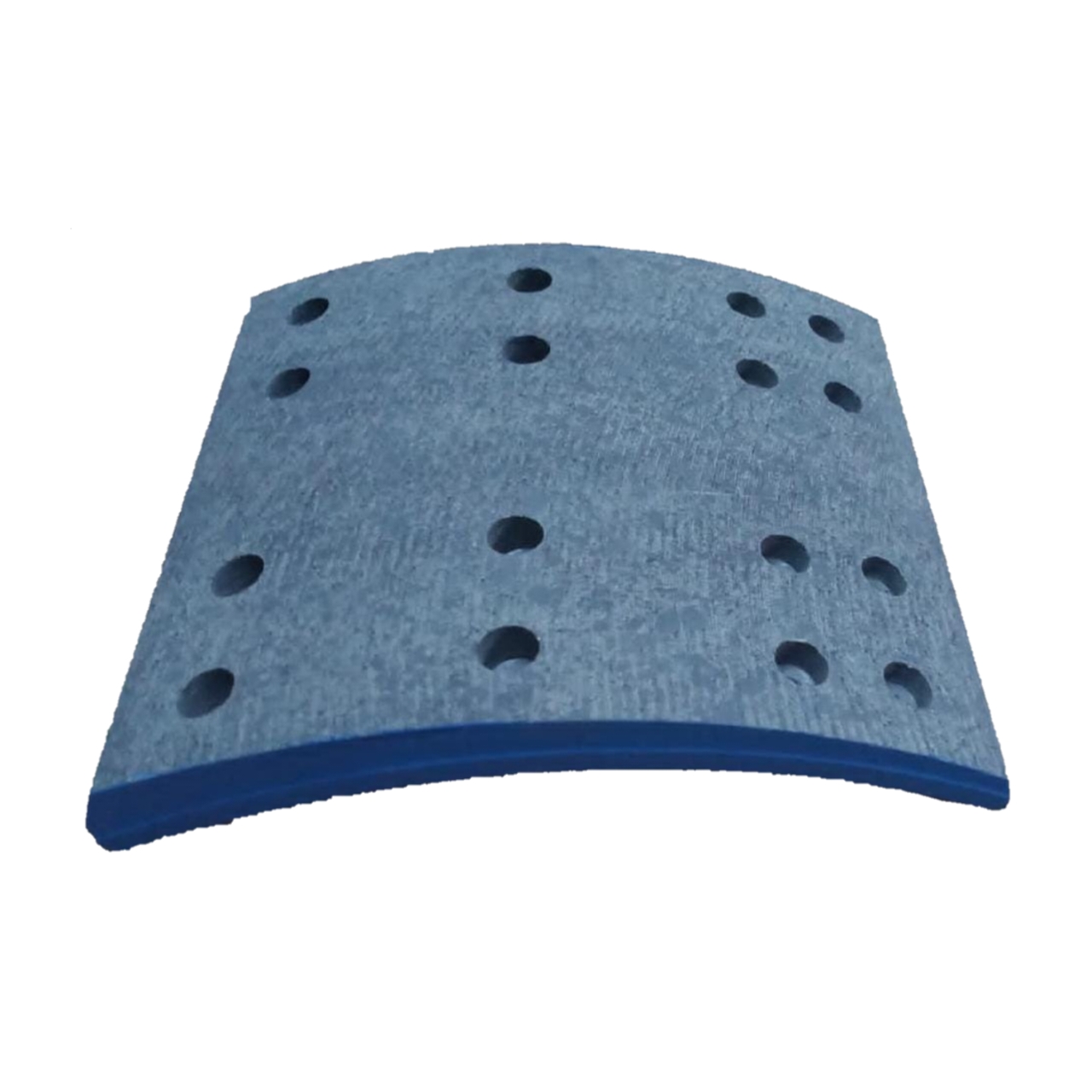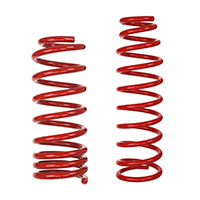Biofeedback Therapy: Types, Uses, and Benefits
Your heart rate speeds up, your muscles tighten, your blood pressure rises, you start to sweat, and your breathing quickens. You can see these stress responses as they happen on the monitor, and then get immediate feedback as you try to stop them. Biofeedback sessions are typically done in a therapist’s office, but there are computer programs that connect the biofeedback sensor to your own computer. When you arrive, your therapist will apply sensors to your body that can measure heart rate, brain activity, or breathing.
Find a Treatment Center
We use only trustworthy sources, including peer-reviewed studies, board-certified medical experts, patients with lived experience, and information from top institutions. The editorial team at therapist.com works with the world’s leading clinical experts to bring you accessible, insightful information about mental health https://sober-home.org/short-long-term-effects-of-heroin-use/ topics and trends. There are also a number of in-home biofeedback devices and wearables available on the market. Such devices can range considerably in price, with some costing as low as $20 and more expensive ones costing thousands of dollars. Biofeedback training can also be used as one part of a treatment approach.
- Biofeedback therapy can help people who have trouble controlling the urge to use the bathroom.
- A good place to start when looking for a biofeedback therapist is to ask a healthcare or mental health professional for a referral.
- The patient must be able to play an active participatory role, so it may not be an apt procedure if the patient cannot comprehend and follow commands.
- Biofeedback helps you make slight changes in your body, such as relaxing muscles, to help relieve pain or reduce tension.
Electromyography (EMG) or Muscle Contraction Biofeedback
Hold this tight contraction for three seconds, and then release the contraction. Then, repeat the contraction on a different muscle group, like your thighs or buttocks.
When should I call my healthcare provider?
Neurofeedback, a subset of biofeedback, can help restore brain waves back to healthy, pre-addiction levels. Clinical Review BoardAll Healthwise education is reviewed by a team that includes physicians, nurses, advanced practitioners, registered dieticians, and other healthcare professionals. It is most effective when taught by someone well trained in biofeedback techniques. With practice, you can learn to use these techniques without the help of the feedback monitor.
Get the help you need from a therapist near you
Based on feedback from the instruments, your provider suggests how you can create voluntary (conscious) changes for these mostly involuntary functions. With education and practice, you can learn to make those bodily changes without equipment. Biofeedback is a mind–body technique in which individuals learn how to modify their physiology for the purpose of improving physical, mental, emotional and spiritual health. Much like physical therapy, biofeedback training requires active participation on the part of patients and often regular practice between training sessions.
anxiety disorder.
Biofeedback can help women find and strengthen the pelvic floor muscles that control bladder emptying. After several sessions of biofeedback, women with incontinence may be able to reduce their urgent need to urinate and the number of accidents dmt n, n-dimethyltryptamine origins, effects and risks they have. Biofeedback can also help children who wet the bed, as well as people with fecal incontinence (the inability to control bowel movements). Unlike drugs used to treat incontinence, biofeedback doesn’t tend to cause side effects.
Biofeedback sessions can last anywhere from 20 to 90 minutes.1 The number of sessions and the length of each session depends on the overall goals of the therapy. They do know that biofeedback promotes relaxation, which can help relieve a number of conditions that are related to stress. The specific approach you choose to utilize might depend upon what you hope to accomplish and what your therapist or physician recommends. A team at The Turner Dental Hospital, Manchester, in the United Kingdom, investigated the effect of biofeedback therapy on this condition. Some studies have suggested that EEG biofeedback, or neurofeedback, may help people with ADHD.
But eventually you will be able to achieve success without a monitor or electrodes. Biofeedback is an effective therapy for many conditions, although it is primarily used to treat high blood pressure, tension headache, migraine headache, chronic pain, and urinary incontinence. Some of the other commonly monitored variables are used when the goal of biofeedback is to reduce sympathetic arousal.
Your biofeedback therapist will help you practice relaxation techniques to control different body functions based on the feedback. For example, respiratory biofeedback involves wearing https://sober-house.net/atorvastatin-oral-route-description-and-brand/ sensor bands around the chest and abdomen to monitor breathing rates and patterns. Through biofeedback training, you can learn to modify your breathing to achieve desired results.
Biofeedback is a very safe and well-tolerated procedure that has minimal complications. If biofeedback is used at all times during therapy, there may be a drop in the performance following its discontinuation. Biofeedback can be an effective tool for managing various health concerns, including ADHD, urinary incontinence, anxiety, muscle spasms, hypertension, and constipation, according to Mount Sinai. Keep reading to learn what biofeedback therapy is, how it works, its potential health benefits and risks, and how to get started working with a trained biofeedback therapist. Transcranial magnetic stimulation (TMS) therapy is an effective, relatively safe treatment for depression and other mental health issues. Some studies find that biofeedback can effectively address a range of symptoms.


